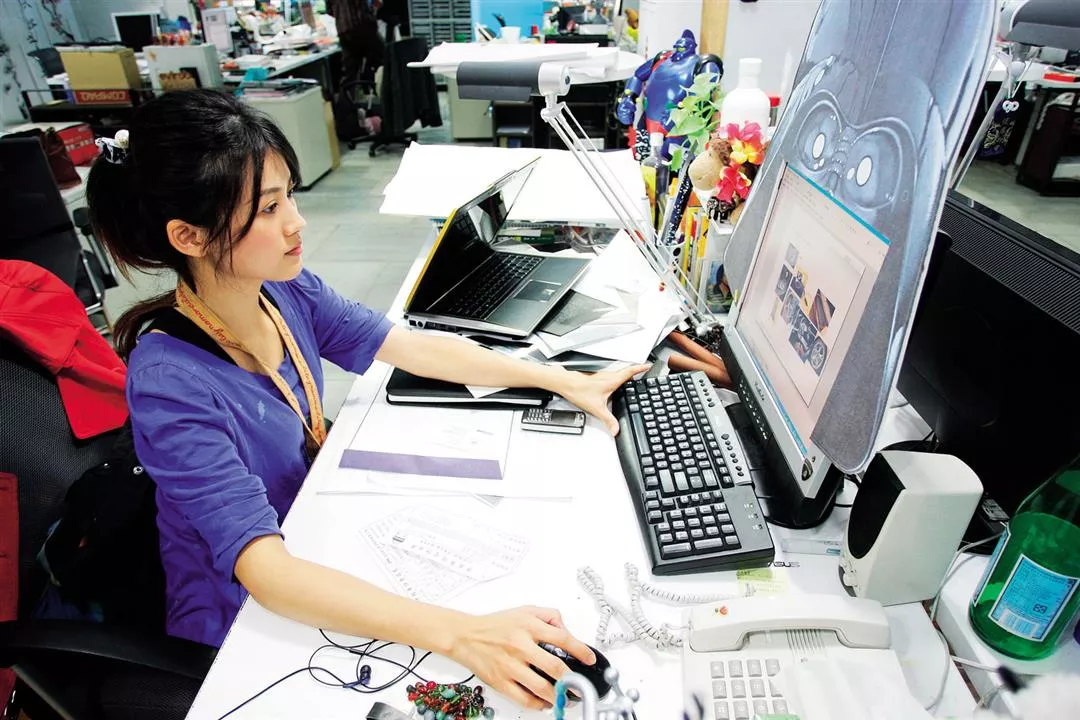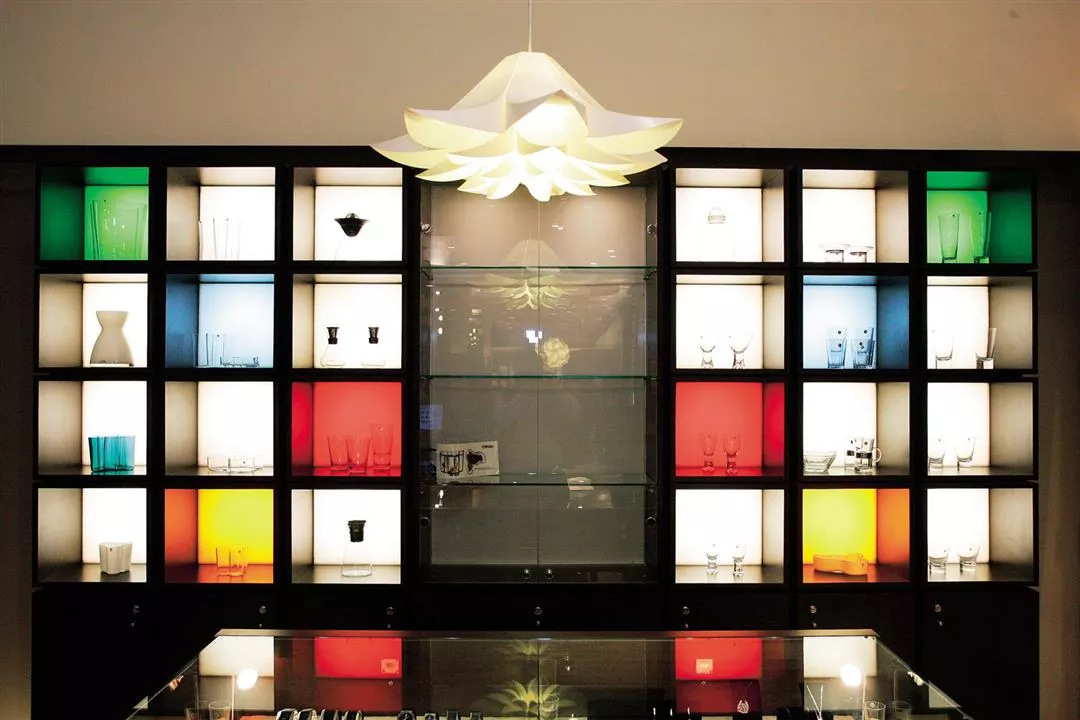With an eye to exploring what Taiwanese companies were doing in the design field, Taiwan Panorama decided to focus on the matter in the cover story for our May 2007 issue—“Taiwanese Design Takes Flight”—for which we conducted interviews at Asustek Computer, Philips, and BenQ. Asus was putting a lot of effort into the materials aspect, and found ways to work bamboo and leather into its notebook computer designs. The digital photo frames made by Philips were easy even for old folks to operate, to enjoy photos from the past. Starting out from the user’s point of view, they turned out designs that were simple, yet not simple at all, in fact.
Big corporations were not the only ones stressing the importance of design: a generation of young designers born roughly in the 1970s were also doing so. They had stories to tell, and were good at finding design inspiration in the tiniest details of life. They were now seeking to pinpoint what exactly Taiwanese design was, and were designing products that were identifiably Taiwanese.
Taiwanese corporations had traditionally thought of design as “how something looks,” but this mindset was in transition. Corporations were starting to incorporate design into a larger process, and to think of design as a type of innovation. They were turning design into a core component of corporate culture, and using “design capability” to create new products and services. In an age when “I buy, therefore I am” encapsulates how many consumers express their individuality, “design capability” has become key to differentiating a brand from its competitors.

Design capability has revitalized Taiwanese enterprises. By concentrating on design, they have achieved great successes.

Design capability has revitalized Taiwanese enterprises. By concentrating on design, they have achieved great successes.